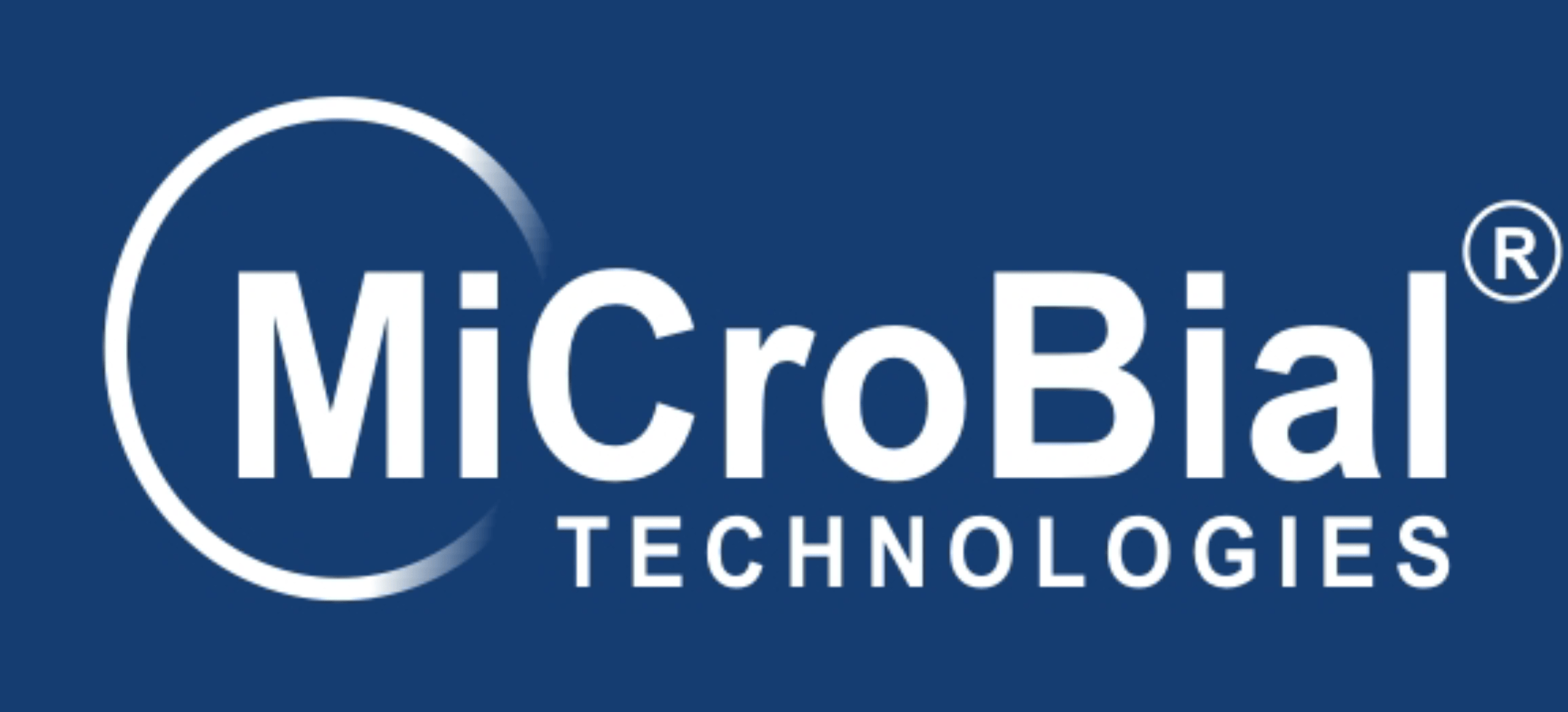Automation of Your Wastewater Treatment Plant

Automation of STP/ETP/WWTP – Automation of WWTP plant is advanced technology used for the automation of process or system. It’s defined as use of scientific technology to automate the operations of process or system to minimize the human error. Automation for sewage treatment plant plays an important role and it leads to efficiency of plant system as well as reduce the requirement of manpower. Automation of WWTP process helps in enhancing performance and efficiency of wastewater treatment plant.
Benefits of Automation of WWTP –
- Reduce operational cost
- Reduce electricity cost
- Reduce maintenance cost
- Increase performance and efficiency of process
- Avoid human error and enhance accuracy of the process
- Increase optimization of the plant
Different instruments or equipment’s are used in automation of plants along with different sensors, following are the instrument’s used for automation purpose,
- TSS sensor
- PH sensor
- DO sensor
- Dosing pump
TSS sensor – Total suspended solids (TSS) are a measurement of the total solids in a water or wastewater sample that are retained by filtration.
Why is it important? TSS is an important water quality parameter measure for wastewater treatment operations and environmental health. Wastewater contains large quantities of suspended organic and inorganic material that must be removed through screening, filtration or settling/flotation methods prior to environmental discharge. TSS will also have adverse effects on UV disinfection blocking/scattering UV light bound for pathogen disinfection or alternatively requiring higher intensity for proper disinfection, increasing energy costs. If TSS is not removed properly through treatment, high concentrations can lower the water quality in the receiving environment. The suspended solids absorb light, causing increased water temperature and decreased oxygen which create an unfavorable environment for aquatic life. It is also advantageous to monitor TSS in conjunction with bod and cod as part of the bod/cod is in the TSS form.

Dissolved Oxygen Sensor This is a dissolved oxygen sensor kit, which is compatible with micro controllers. This product is used to measure the dissolved oxygen in water, to reflect the water quality. It is widely applied in many water quality applications, such as aquaculture, environment monitoring, and natural science and so on.
This product is used to measure the dissolved oxygen in water, to reflect the water quality. This sensor kit helps you quickly to build your own dissolved oxygen detector.
The probe is a galvanic probe, no need of polarization time, and stays available at any time. The filling solution and membrane cap is replaceable, leading to the low maintenance cost. The signal converter board is plug and play, and has the good compatibility. It can be easily integrated to any control or detecting system.

PH Sensor
It’s used for monitoring and maintaining the PH of system.

Process Description for PH Neutralization System Neutralization of process water is a critical step in most industrial wastewater treatment processes. There are a multitude of regulatory requirements both Federal and State regarding wastewater discharge requirements. Users should consult their local agencies for specific requirements as they can vary by region. Any company that discharges effluent into sewer systems, lakes, streams are required to neutralize this effluent before allowing it to be discharged. Non-compliance could result in fines and other consequences. In many instances, recording the pH of the discharge is also required.
Components of a pH Adjustment / Neutralization System A basic pH adjustment / neutralization system consists of six basic components:
- Instrumentation for monitoring, controlling, and recording
- pH electrodes and/or ORP sensors and associated mounting hardware
- Effluent holding tank
- Level control
- Chemical pumps and reagent storage tanks
- Mixers/agitators
In this system, effluent flows into the holding tank where a pH sensor (also known as pH electrode or pH probe) senses the pH of the solution. The sensor provides input to the pH controller device which operates chemical pump(s) to inject acid or caustic as required to neutralize the effluent. The mixer serves to evenly distribute the neutralizing chemicals throughout the holding tank to ensure complete neutralization.
Applications of Dosing pump for water treatment plant Dosing pumps are used widely across many industries. It is also an essential automation component in several industries that handle large quantities of fluids, including water treatment, agriculture, pharmaceutical, food processing, and mining. In waste water treatment, dosing pumps are used for injecting a product such as chlorine into a water or fluid stream to cause a chemical reaction. This reaction either maintains pH to a desired range or kills pathogens.
In effluent treatment, dosing pumps carry flocculants to separate solids from liquids. Other applications of dosing pumps include preparation of highly consistent glue or additives for paper & pulp industry and corrosion treatment in high-pressure and high-temperature boilers and smelter feeds.
A dosing pump is a positive displacement pump designed to transport very precise flow rates of a chemical or other substance into a fluid stream. The mechanism of this industrial pump involves drawing a measured quantity of fluid into the chamber and then injecting this volume rate into the container being dosed. As a function, a dosing pump is designed to be reliable so once it is properly set up; it should look after itself and not require large amounts of input. Dosing pumps are used for automating fluid flow in many applications including pharmaceutical water treatment plants
We, MiCroBial Technologies provide automation system for Sewage Treatment Plant, Effluent Treatment Plant, Wastewater Treatment Plant. For more details you can contact us at support@microbialtech.com
